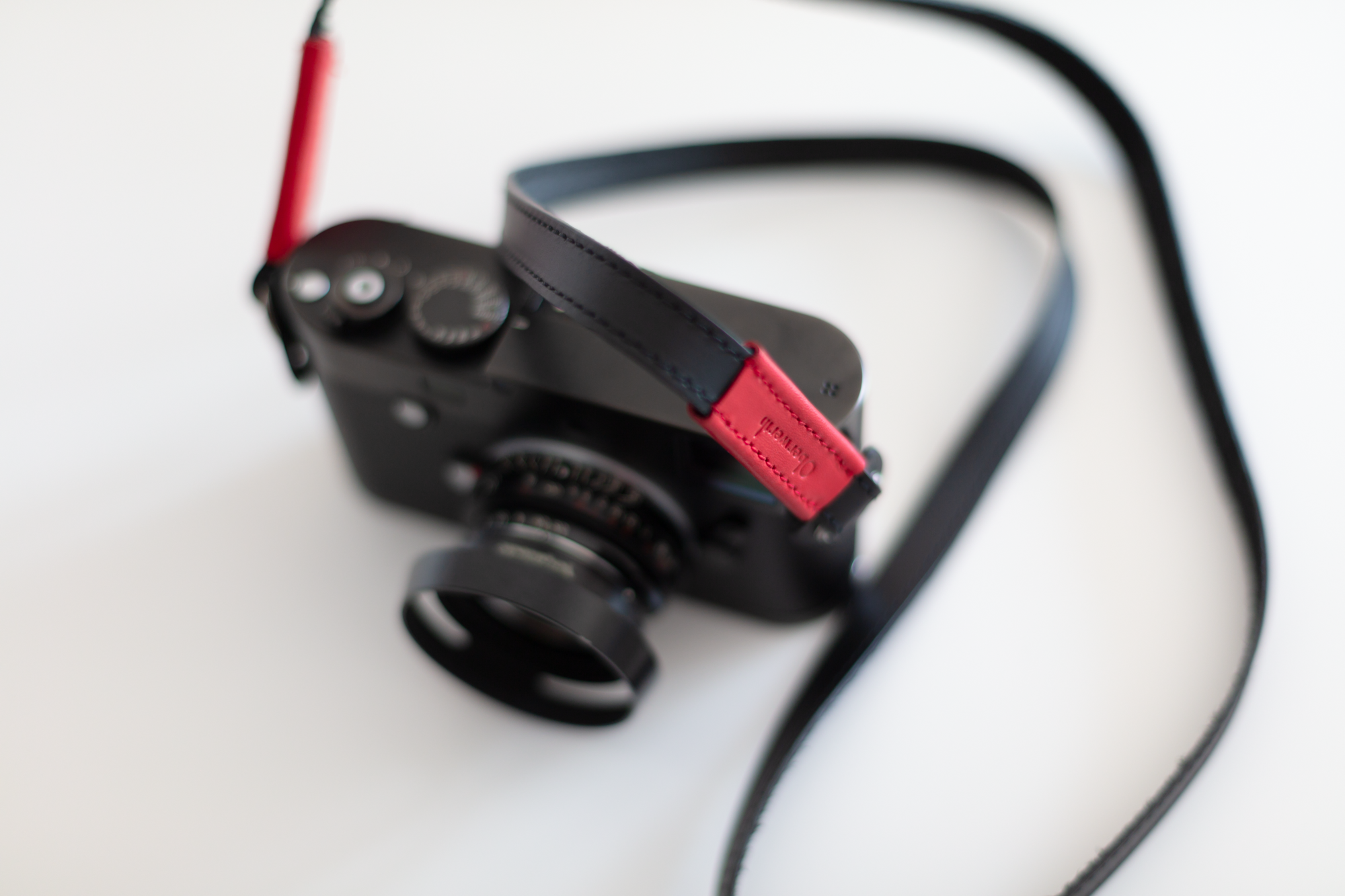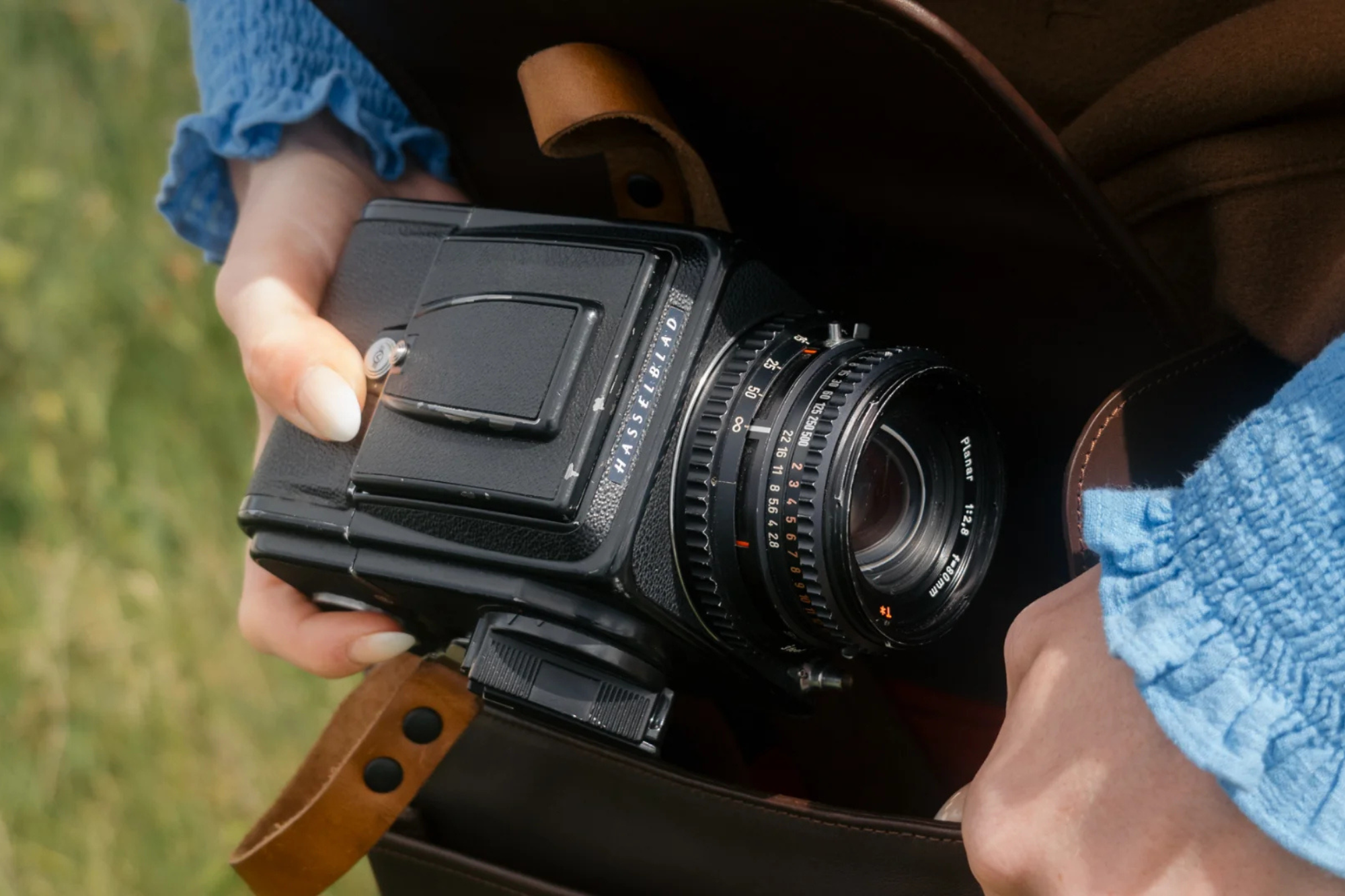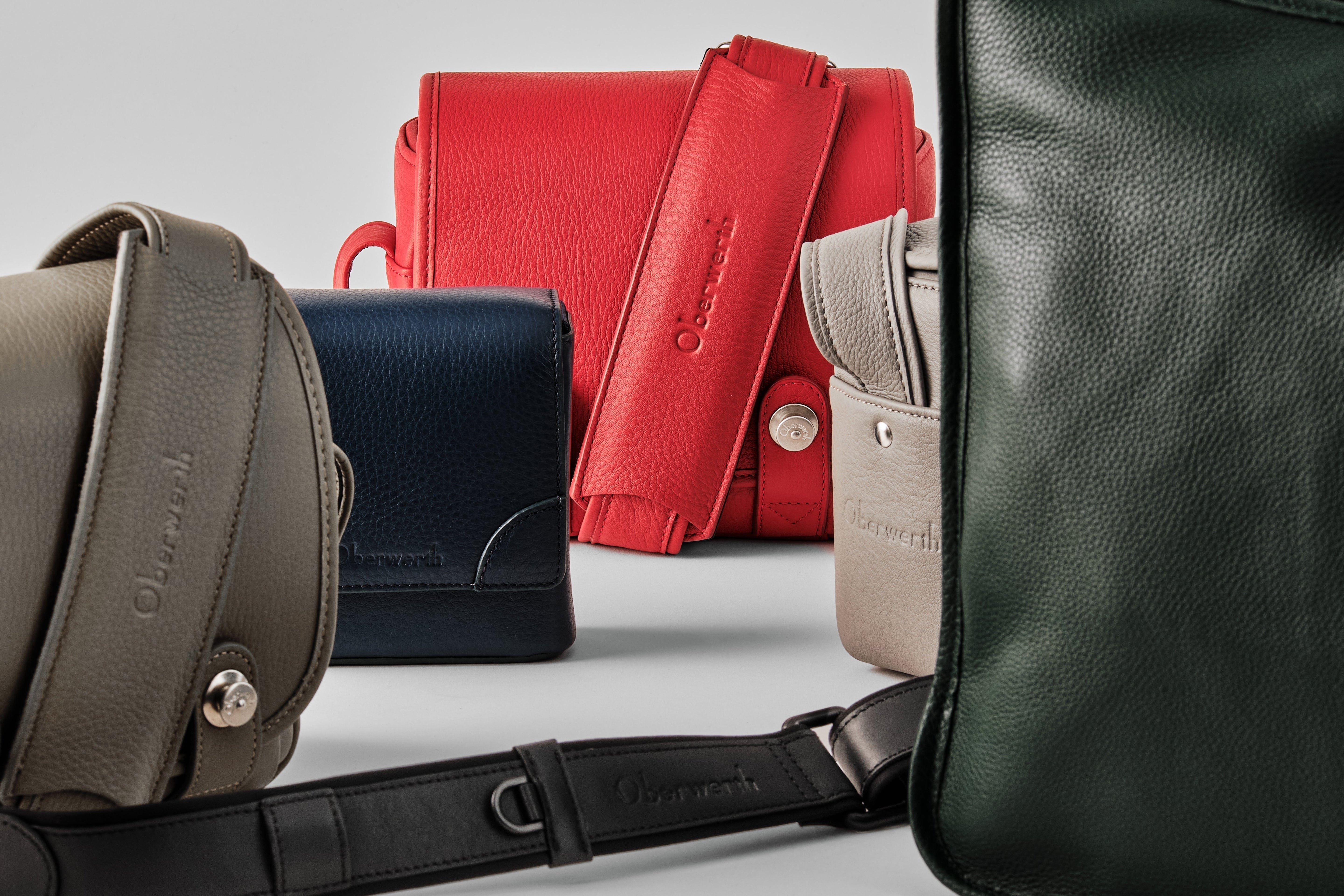
Ergonomics of shoulder straps: How width and edge processing affect comfort
The focus of every photographer, musician or craftsman is the instrument itself: the camera, the guitar, the tools. Hours are spent fine-tuning the technology, settings and perfect equipment. But what good is the best equipment if its constant companion, the strap, is a pain? An underestimated but fundamentally important detail comes into focus: the ergonomics of camera straps. It is the invisible interface between man and machine, between load and body. It determines fatigue, concentration and ultimately the enjoyment of photography itself. The two aspects of the correct strap width and good workmanship of the leather edges have a major influence on the comfort of the camera strap. A well thought-out design of the respective leather straps is not only aimed at mere functionality, but above all at optimum weight distribution and ensures that the constant pressure on the shoulder is perceived as a pleasant presence instead of a painful obstacle.
Especially during long assignments or reportages, wearing comfort for hours on end can be crucial. A well-balanced leather belt with an ergonomic shape distributes the weight evenly on the shoulder or neck without cutting in - perfect when you're out and about all day.
The physics of relief: why strap thickness determines pain and comfort
The influence of the strap thickness on the wearing comfort is not a subjective feeling, but follows the clear laws of physics. The fundamental formula "pressure = force / area" is the key to understanding this. In this case, the force is the unchanging weight of the camera. If this is fixed, the only variable we can influence in terms of carrying comfort is the contact surface on the shoulder.
A thin strap concentrates the entire weight on a minimal line and cuts right in. The result is a high, punctual pressure that compresses the blood vessels, irritates nerves and causes the muscles to tire within a very short time. A broadly designed camera strap, on the other hand, ensures a much more efficient load distribution. By significantly increasing the contact area with the shoulder, it acts like a broad foundation that disperses the weight on the shoulder into a gentle, wide pressure field. Such comfort through strap thickness is not a superfluous luxury but a real necessity, especially for heavy professional cameras with large lenses.
The material is also crucial
However, the increased surface area alone is not the whole secret. The material composition also plays an extremely important role in the comfort of a camera strap. Flexibility, durability and padding are the top priorities when choosing the material of a camera strap. Even though there are many good models made of plastic, style-conscious photographers are always happy to choose leather options, which are characterized by their durability and are therefore particularly sustainable.
The ideal material for this is a soft, but very dimensionally stable and above all resistant leather, which can ensure that you can enjoy your camera strap for a long time. Such dimensionally stable leather is often perceived as stiff, but is particularly advantageous in the context of carrying straps, as it prevents unwanted curling of the edges and ensures that the weight is actually distributed evenly across the entire width of the strap. The pressure on the shoulder is not only reduced, but also feels more even and therefore becomes a light pressure rather than a heavy pull.
If the camera is particularly heavy, you should opt for a wide and possibly additionally padded strap. Of course, thinner straps also have their place, especially with lightweight, compact system cameras, where low weight and maximum flexibility are paramount.
Careful leather processing determines whether a strap feels like a tool or like a part of you. Straps with a dimensionally stable leather edge and soft inner lining offer the ideal balance between stability and a comfortable feel.
The right edge finish
While the thickness of the strap solves the problem of excessive pressure, there is one detail when it comes to finishing that can have just as much of an impact on wearing comfort: The finish of the edges on the camera strap. With a material such as leather, which has clear cut edges, these edges must be skillfully and securely refined so that they do not dig painfully into the clothing and the skin underneath with every movement, every step, every slight tug. Otherwise, the abrasive friction can not only cause local irritation and pressure points, but also have a negative impact on textiles such as jackets or sweaters in the long term.
The answer to this challenge is a handcrafted detail that distinguishes average from very well-made shoulder straps: edge polishing. This process is much more than a simple sanding process, but is divided into various work steps that together ensure good wearing comfort. During the so-called "breaking" or chamfering of the edge using special tools, the sharp 90-degree edge is carefully sanded down to create a smooth, rounded contour.
This is followed by edge polishing, using agents such as Tokonol or modern acrylic binders. These substances are burned into the porous leather edge under high pressure and frictional heat. The craftsman works until the edge is no longer rough, but mirror-smooth and silky. These processes not only minimize the friction of the leather edge and increase the wearing comfort of the camera strap, but also strengthen the longevity of the leather product.

Conclusion
Ultimately, a good, ergonomically designed and therefore comfortable carrying strap requires a few basic aspects to come together: a high-quality and stable material, the correct width of the strap, which above all must be in relation to the weight of the camera it is intended to hold, and good edge processing. This ensures that you can enjoy the strap for a long time and that it fits snugly on your shoulder all by itself. The shape of the camera strap as well as its
adjustability and its attachment to the camera bag also play a decisive role in how comfortable it feels to wear. However, what you like depends on very specific factors such as body size or your own carrying habits. It is therefore advisable to try out different models before buying a high-quality camera strap or a bag with a suitable carrying strap and decide on the spot what feels good. If you bring your camera with you and try out the attachment and carrying comfort, you are on the safe side.
Whether it's a compact system camera or a professional setup, the ideal carrying comfort is achieved when the strap and bag work together perfectly. Alightweight camera bag with an adjustable strap offers flexibility and comfort, no matter where your photography takes you.



